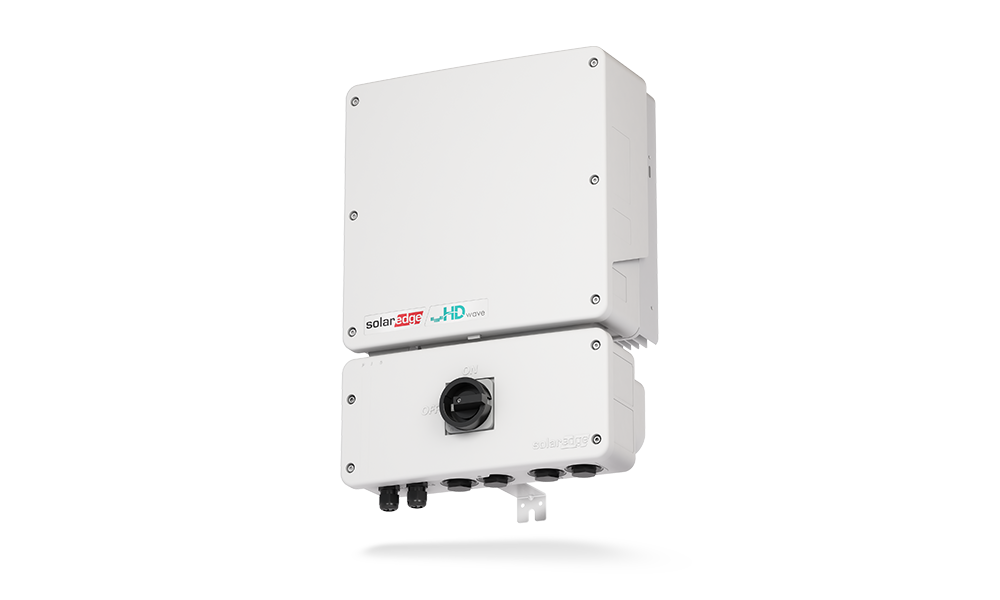Sign up for daily news updates from CleanTechnica on email. Or follow us on Google News!
A recent op-ed floating around New Mexico newspapers argues against a looming state mandate to install EV charging at new property developments. Office complexes, shopping centers, and especially apartments are the target. The problem? The expense.
The writer, a representative of a statewide conservative business group, argues that having EV charging, complete with an operating station, at 5% of spaces and having a further 15% be EV-ready, adds up to millions of dollars for new developments. This cost, in turn, ends up being borne by everybody paying for space in the developments instead of just EV owners. He goes on to call this mandate a “regressive tax” among other things.
Rather than regurgitate talking points about EVs, I want to instead point out something that he’s right about so we can be constructive. The quoted cost of $1650 just for an EV-capable space (wiring, but no station) and up to $18,000 for a complete L2 station is pretty high. We both need to point out that it’s probably an inflated number and point out that pre-wiring spaces should be very cheap if done right.
I honestly have no idea where the $1650 per space figure comes from. I also don’t have any idea why someone thinks an L2 station should cost $18,000. These figures sound like someone put out bids and went with the highest bidder. Who knows. Maybe more importantly, who cares? When I had an EV charging station put in, complete with wiring and a station installed, the total was under $3,000 and mine was added to a house that didn’t have great wiring to begin with.
When planned ahead of time, before any pavement or sub-standard wiring goes in, the cost of a complete station should be well below $2,000 per space. When it’s just wiring ran to the spaces, the cost should be well under $1,000 if someone is actually doing competitive bidding for the electrical work.
But, there may be ways to improve the situation even further.
First off, a simple NEMA 14-50 plug should suffice. Heck, even 120v wiring would be enough for most EV owners to charge with. There doesn’t need to be three-phase wiring or anything unusual to the space. Just a simple 208 or 240-volt wiring job to the space should suffice. A simple locking box could protect the EV driver’s own EVSE. A small monthly fee could be charged for use of the box to repay the developer or owner for the cost of the wiring.
But, even complete stations, which could cost a few thousand (but definitely not $18k), can be something other than a “regressive tax”. If provisions are made to charge for the electricity, a small fee per kWh could be added to the cost of charging to pay the developer or property owner back for the cost of the chargers and for future maintenance.
Either way, it’s very much possible for these costs to be passed on to the owners of the EVs in the future who use the electricity and the wiring for their transportation needs. You’d think a free market thinker could come up with solutions instead of just making it sound like a big government boondoggle (something red states are getting into more and more these days).
Featured image by Jennifer Sensiba.
Have a tip for CleanTechnica? Want to advertise? Want to suggest a guest for our CleanTech Talk podcast? Contact us here.
Our Latest EVObsession Video
I don’t like paywalls. You don’t like paywalls. Who likes paywalls? Here at CleanTechnica, we implemented a limited paywall for a while, but it always felt wrong — and it was always tough to decide what we should put behind there. In theory, your most exclusive and best content goes behind a paywall. But then fewer people read it!! So, we’ve decided to completely nix paywalls here at CleanTechnica. But…
Thank you!
CleanTechnica uses affiliate links. See our policy here.




